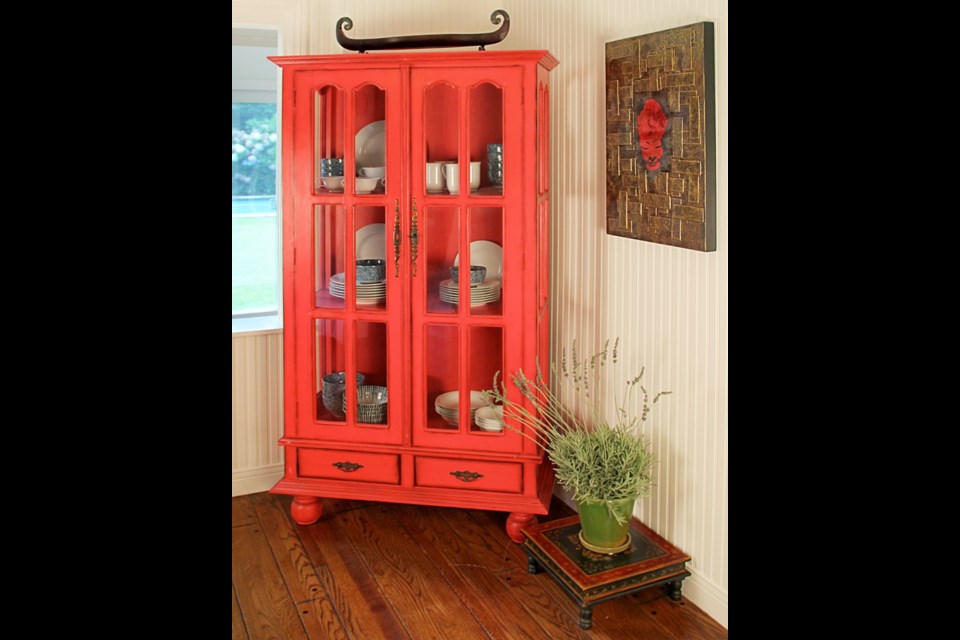Karen Sullivan
The Charlotte Observer
A pantry is a cook’s prop closet.
With planning, the meal maker can always have something special tucked away. Cereals, spices, fine oils, sauces and sweet surprises can become part of the repertoire.
There are no rules today for the size or shape of that stash of food staples, snacks, linens and party platters. A pantry can be a row of baskets, a freestanding cabinet, built-in custom shelves or even a separate room.
The idea is to have a plan for keeping up with everything.
“The evolution of pantry space in the home is part of the organization trend that continues to be popular,” said Jaclyn Pardini, a spokesperson for Lowe’s home improvement. “They want to control the chaos.”
If the goal is to control chaos, it makes sense for families to be generous with kitchen storage space. They’re buying in bulk at Costco and Sam’s Club. When they come home, they need room for the goods.
Pantries, like closets in general, are getting bigger, said Ginny Snook Scott, chief design officer for California Closets, which devotes a tab on its website to pantries. “We’re seeing multiple cabinets or spaces that are almost like a walk-in closet.”
Some people want pantries with space for craft supplies and wrapping papers, said Keri Henley, a certified kitchen and bath designer and an owner of Artisan Cabinetry in Charlotte, North Carolina. So retailers are offering more options for storage. “We’re working in all kinds of things to make it a multipurpose room,” Henley said.
She designed a custom, walk-in pantry recently. Knotty alder cabinet doors conceal the pantry and the 48-inch-wide refrigerator beside it.
“You can imagine if you had a plain door there,” Henley said with a hint of distaste. “We wanted it to look like a wall of cabinetry.”
While a pantry should improve the look of the kitchen, whether concealed behind doors or visible, it also should make it easy to locate and grab items out of storage. Baskets, carts, drawers and caddies all work.
“Products that provide simplicity, function and improved organization are the most in demand,” said Mary Bush, a spokesperson for Olson. “Built-in storage and organization, easy access through roll-out trays to prevent bending and reaching, anything that improves accessibility and ease of use — all very important factors to consider.”
Freestanding hutches and shelves work well in an apartment or a tiny kitchen. Many furniture stores have affordable pieces that can be used as pantries in styles such as French country, shabby-chic, farmhouse and traditional. The bright red cabinet shown above is unexpected, which can make for compelling decor.
A place for everything
n Keep your work area small. Don’t be afraid to improvise. Vertical space and shelves are less expensive than drawers and baskets.
n If you’ve got a large space, you’ve likely got space for wine storage, chafing dishes, platters, glasses and small appliances. Stick to the basics in a small space. Dry goods and canned foods are among those.
n Keep your work area concise, so you won’t have far to walk from prep area to pantry. The stove, sink and food storage areas should be within a tight triangle.
n Store heavy items on lower shelves. Use top shelves for paper products, linens and things less likely to harm you.
n Most shelves should be no deeper than 10 inches, so you can see what’s there.
n Include a basket or drawer for healthy snacks for children.
n Store cookie sheets and platters vertically. They’re hard to find if stacked.
— Ginny Snook Scott, California Closets



